Photography
Landscape photography tips for beginners.
Turn the natural world into your artistic stage. Capture remarkable vistas with photo tips, tricks and advice from the pros.
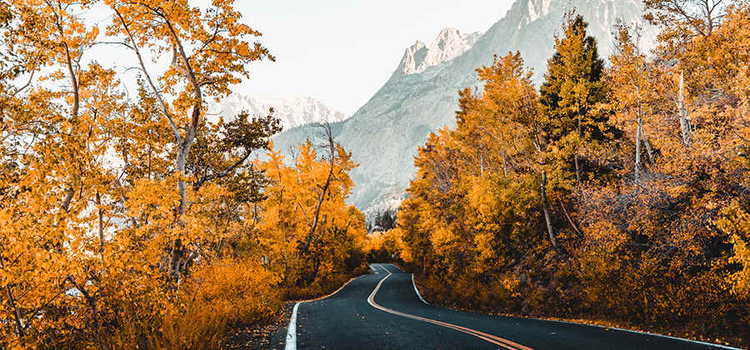
Photography
Turn the natural world into your artistic stage. Capture remarkable vistas with photo tips, tricks and advice from the pros.
Discover how to compose natural scenes like the pros. Here are some of their top tips:
Say you’ve planted yourself in front of a magnificent vista and snapped a photo, but none of the majesty you saw showed up on your screen. What went wrong? The first thing to check is your composition. The landscape is all around you, but you’ll still need to frame your shot.
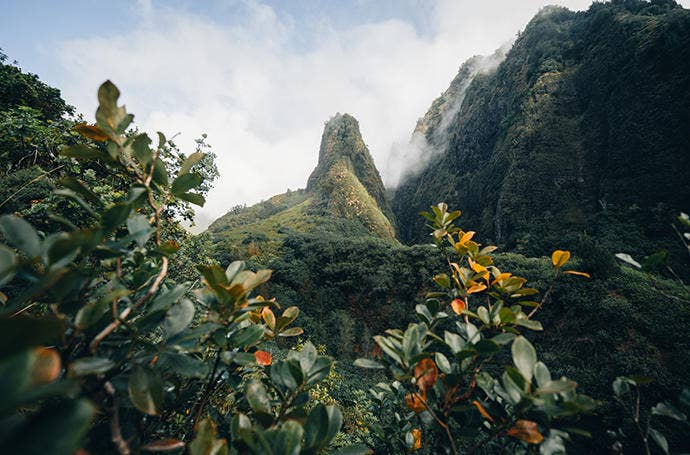
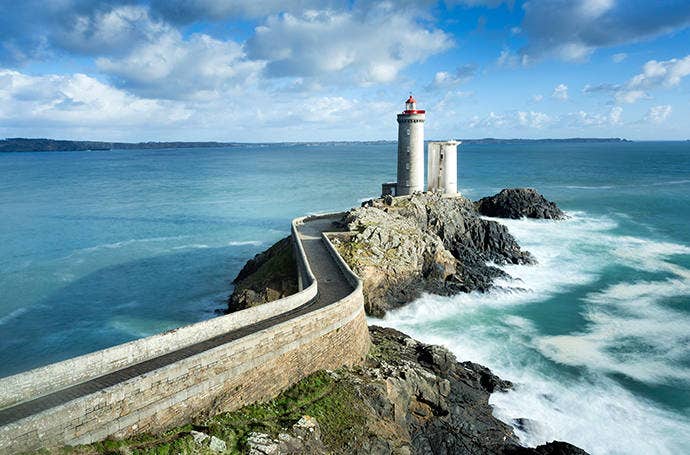
Naba Zabih, a wedding photographer who often works with dramatic landscapes, says that landscape photography is “like a game of shapes.” She explains, “You can kind of create a balance — if a mountain is creating a triangle shape, perhaps you can balance it out with a circular shape on the side. It doesn’t matter how beautiful a landscape is if you can’t look at it mathematically and break it down.“
And there’s no need to rush. Jeff Carlson, a veteran landscape photographer, advises, “In one sense, landscape can be easy because not much is going to change — your trees aren’t going to go running off your mountains. So you can be a little bit more purposeful in framing and composition.” His tips: take note of the big shapes, the strong lines and choose your point of focus. Zabih reminds aspiring landscape photographers that “Even though it’s a landscape, there’s still a subject in there that you should be focused on. If you’re photographing a mountain, your focus shouldn’t be on some random patch of grass to the left, because that’s where the eye is going to go.”

One quick landscape photography tip is to consider including some layers in the foreground to create that point of focus and to keep your shot from going flat. Samuel Nute, a photographer based in the Pacific Northwest, coaches that “If you’re photographing a mountain range, you’ll want several layers of different colours and contrast, allowing the picture to have more depth, more life to it than just a flat image of the mountains.” Kilen Murphy, a wedding and landscape photographer, frequently asks himself, “Is this the best that I can do within this frame or is there maybe some sort of element that I can add to it to give it more depth?” And when you’re shooting on a digital camera, there’s no reason not to stop and check your shots as you go.
There are lots of ways to pull in those layers. Carlson suggests, “Maybe there’s a little puddle left over from rain the night before. If you get really low and close to that puddle, it will give you a nice reflection of those mountains. There are lots of different opportunities for putting your camera lower to the ground, getting up higher and figuring out how to catch a different angle even though the scene is relatively unchanged. Try out a few variations and explore your options.”
Likewise, take advantage of any available leading lines to emphasise both depth and focus in your shots: Nute recommends using things such as fences, treelines or rivers to draw the viewer’s eye to your image’s focal point. Find those lines by taking a walk around your viewpoint. See if you can find a higher vantage or a low angle, for instance, that lets you capture more of the drama you’re experiencing. You can also use the Rule of Thirds to create a sense of balance in your frame.

The thing that does move when you’re taking landscape pictures is light. Between the weather and the changing angle of the sun, you’ll want to think carefully about the time of day you’re working in and what you’re prepared to capture. There are all sorts of useful apps that can help you with the planning, but once you’re out, you’ll need to be able to work with whatever the atmosphere is handing you.
Carlson says, “The biggest, best advice — which is sometimes the hardest to do — is if you want to do landscape photography, you have to be there when the light is good. It sounds totally obvious, but that might mean you’re getting up at four o’clock in the morning, driving to your destination, setting up in the dark and waiting for sunrise to happen, because sunrise and sunset are when you typically get the most dramatic, most interesting light.
“When you’re shooting landscapes,” Carlson adds, “you’re looking for more than just ‘here are some mountains.’ To get a great shot, you’re looking for what the weather is going to do, what the sunlight is going to do. They call those early hours and those dusk hours the golden hour, because all the light is coming at an angle rather than coming straight down. If you have high clouds, those are illuminated from below and you get a lot of those great colours like purples and oranges and red streaks. That makes a landscape photo really pop. You can absolutely get a perfectly nice shot in the middle of the day, but when you’re shooting a great landscape, you’re really going for that more epic look.”
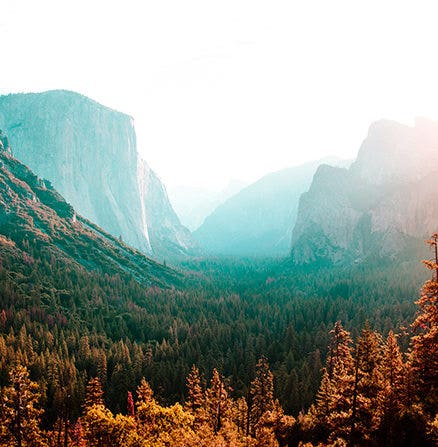
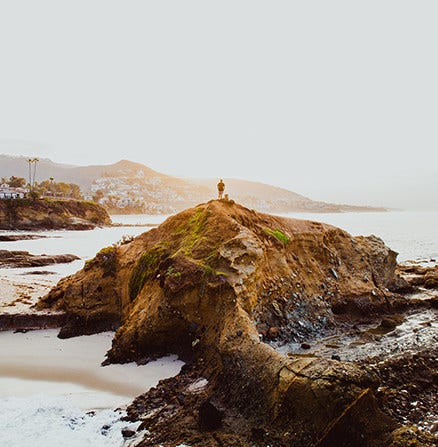

Derek Boyd, a Portland-based photographer, has a few pointers on the best lenses for landscape photography. He says, “Most photographers would suggest that amateurs start out with 35 mm or 50 mm. For photographers that want to do landscapes, 35 mm is a great way to go.” Getting a bit more specific, he adds, “You have your wide focal lengths; anything 30 mm and lower is going to be wide.” These lenses allow you to capture deep focus in a large scene, but they might distort some closer shots. Boyd says, “If you get real close to somebody with a wide lens, it makes her head look really big and everything in the background look really small — you almost get that fisheye effect. With wider lenses, you don’t have shallow depth of field or not much.” Carlson notes that despite these restrictions, you will want a wide-angle lens if you’re going for epic, wide scenery. “Starting with a lens that’s 18 mm or 12 mm, even maybe 8 mm,” he says, “just lets you include more in your frame.”

When you’re shooting landscape images, you may also want to bring some extra equipment. Carlson recommends a tripod, so you’ll be able to play with shutter speeds, doing long exposures or shooting at a higher aperture. He adds, “You want your scene to be crisp and clear — you want those mountains, miles and miles away, to be in focus. So you’ll want something that will keep your camera steady.” When you’re setting out, pack any extra lenses you may need, pack a tripod and pack the gear that will protect you (and your equipment — a good camera bag is a good choice) from the weather.
And finally, consider where you're going and where you decide to set up for your shots. Nute suggests that photographers try to find places off the beaten path. How? Stay alert and stay prepared. He brings his camera along whenever he hikes. “There are obviously some objectively good landscape spots around the world that everyone goes to,” he says, “but this ties back to finding a unique view of a popular viewpoint or popular destination — putting your own spin on it. You want to find your own style. You want to try and find that unique shot that people haven’t already discovered.”
It’s a wide, wide world out there. Just bring your camera and your careful eye and see what you can make of its more stunning corners.
Contributors
Naba Zabih, Jeff Carlson, Kilen Murphy, Samuel Nute, Derek Boyd
Based on your location, we think you may prefer the United States website, where you'll get regional content, offerings, and pricing.